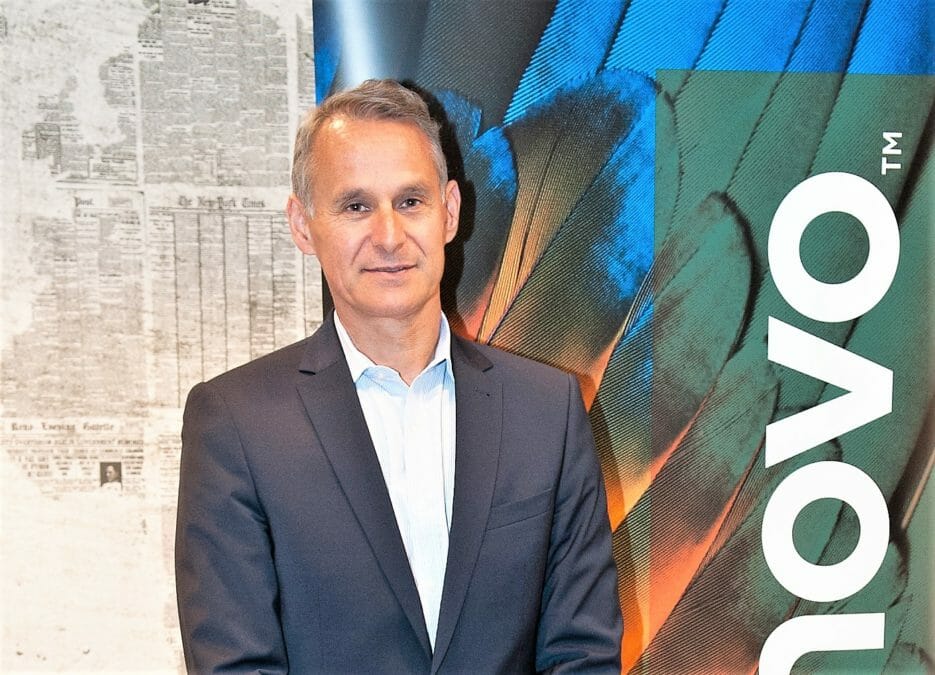Two British scientists shortlisted for the closest thing to a Nobel prize for technology spoke this morning of how each of their respective breakthroughs resulted from pursuing what others believed to be “bad ideas”.
In the case of Professor Steve Furber, who while working for Acorn Computers Ltd in the 1980s designed the Advanced RISC Machine (ARM) microprocessor now found in 98% of mobile devices, even he didn’t expect the ARM project to bear any fruit.
“We didn’t expect to end up with a microprocessor, certainly not the highest selling microprocessor on the planet,” Furber recalled at a press conference featuring the Millenium Technology Prize nominees. “We just thought we’d learn something about why it was a bad idea to design your own microprocessor.”
In fact after just 18 months of research the team produced a chip, based on the principals of reduced instruction set computers (RISC), which drastically outperformed contemporary equivalents and which used only a tenth as many transistors.
RISC architectures, which boost performance by simplifying the most basic procedures of a microprocessor, had already been applied by IBM in certain machines by the time the first ARM chips came to market in the mid-1980s, but they were still generally considered a bad idea. Even the success of Acorn’s ARM chips did not immediately dissuade the industry of this dogma, Furber said.
“It’s amazing how bad scientific literature is at predicting what technology will work and not work.”
Prof Richard Friend, Cambridge Univeristy
“It was only at the end of the 80s that the industry as a whole began to recognise that there might be something in this idea of a simplified processor,” he said. “Even five years after we had working chips, it was controversial at an industrial level.”
Around the same time that Acorn was putting RISC chips out on the market, Professor Sir Richard Friend was making his own unconventional moves. A physics professor at Cambridge University, Friend was inspired by research into the electro-magnetic properties of carbon-based materials to explore the possibility of plastic semiconductors.
This was a maverick move, as the majority of his peers were still preoccupied with silicon. Indeed, Friend said today that he “deliberately set out to do what most of my colleagues were not doing”.
“If I’d thought hard about it or read the literature properly, I would probably never have started because there were enough reasons in the literature to say it would never work,” he explained. “It’s amazing how bad scientific literature is at predicting what will work and not work.”
Friend’s unconventional inspiration paid off, however. In time, not only did his team successfully create plastics-based transistors, it also discovered “by accident” that they could make polymer-based LEDs. The technology Friend pioneered is now being applied in ultra-thin, highly flexible and ‘unbreakable’ visual displays, among other things.
Discussion at the press conference turned inevitably to the topic of how Britain can stimulate innovation and capture the economic benefits. Furber and Friend’s breakthroughs each took place in different circumstances, but both underline the need for highly speculative research in achieving technological leadership.
The question that both industry and government need to answer is: How many bad ideas can we afford?






